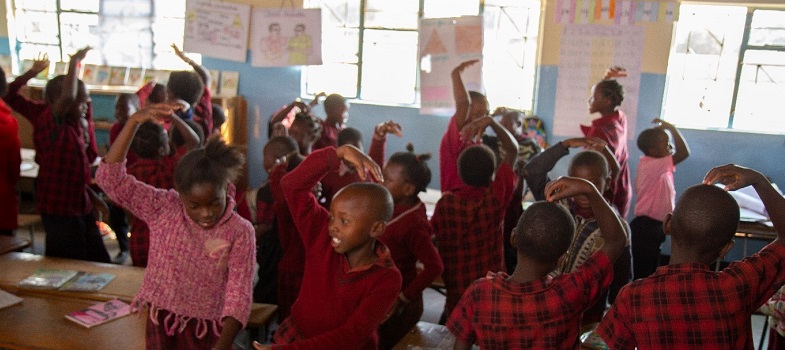Training guide
5. Involving all learners
What does it mean to ‘involve all’?
Every learner is different, and these differences can help us learn more about each other and the world around us. All learners have the right to an education regardless of their status, gender, ability and background. As a teacher, you can influence every learner’s experience of education in a positive or negative way. How you act in the classroom will affect how equally your learners learn. You can take steps to make sure that all learners are involved in learning.
Three key principles to ensure you involve all in learning:
- Noticing: try to be observant and notice changes in your learners; when a learner does something well, when they need help and how they relate to others. You may also see changes in your learners because of difficulties in their home or because of other issues. Involving all requires that you notice your learners on a daily basis, paying particular attention to learners who may feel left out or unable to participate.
- Focus on self-esteem: learners who feel good about themselves and know their own strengths and weaknesses, respect themselves and others. As a teacher, you can have a major impact on a young person’s self-esteem and self-confidence; be aware of that power and use it to build the confidence of every learner by not being negative or dismissive.
- Flexibility: if something is not working in your classroom for specific learners, groups or individuals, be prepared to change your plans or stop an activity. Being flexible will enable you to make changes so that you involve all learners more effectively.
Activity 2.10: The three principles of involving all in practiceWatch the video below about a literacy lesson in Grade 1. You watched this teacher using songs in her lesson previously. As you watch her lesson again, make notes in your Teacher Notebook about how the teacher involves all the learners.
Compare your notes with other teachers and add to your notes if they identified ways you might have missed. |
|
Did you notice...
|
